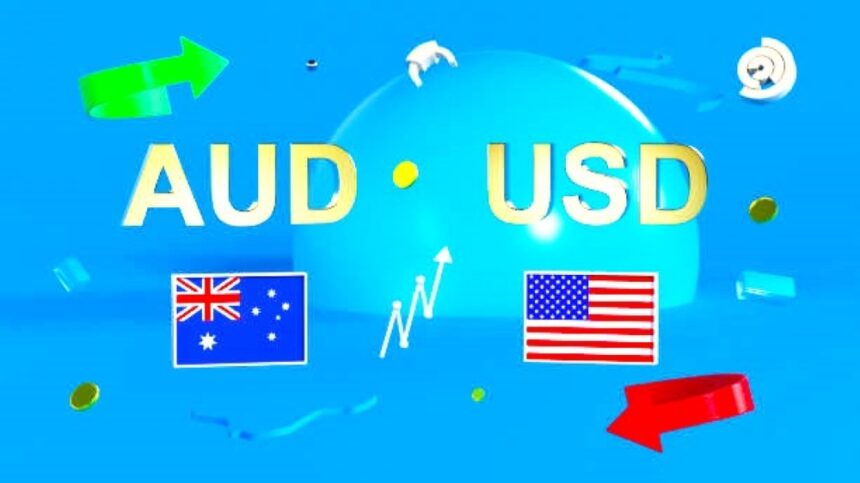The Australian dollar falls, while the US dollar remains strong due to the Fed’s hawkish stance.
The Australian Dollar (AUD) fell on Tuesday as the US Dollar (USD) remained strong, boosted by positive US job data for May. This result has lessened the likelihood of two Fed interest rate decreases in 2024. The CME FedWatch Tool suggests the possibility of a Fed rate drop of at least 25 basis points in September has fallen to about 49.0%, from 59.5% a week ago.
The Aussie downside may be limited because the RBA is projected to keep interest rates higher in 2024.
The Australian Dollar downside may be limited. As traders expect the Reserve Bank of Australia (RBA) to keep interest rates higher this year. According to NCA NewsWire, RBA Governor Michele Bullock warned last week. That if the Consumer Price Index (CPI) does not return to the target range of 1%-3%, the central bank will raise interest rates.
The US Dollar (USD) remains stable as the Fed is projected to maintain interest rates in the range of 5.25%-5.50% on Wednesday.
Despite two days of falling US Treasury yields, the US dollar (USD) remains stable. Investors have turned wary ahead of the Federal Reserve’s policy meeting. And critical US inflation data due on Wednesday. The Fed is expected to maintain interest rates constant in the range of 5.25%-5.50% as it seeks to contain inflation. toward the 2% objective. The US headline and core CPI estimates for May are expected to rise 3.4% and 3.5% year on year, respectively.
Daily Market Movers: The Australian dollar falls due to risk aversion.
The Australian Dollar (AUD) fell on Tuesday as the US Dollar (USD) remained strong. Australia’s NAB Business Confidence index fell to -3 index points in May. The lowest level in six months and the first negative reading since November. Meanwhile. Business Conditions decreased to 6 index points, somewhat lower than the long-term average.
On Tuesday, National Australia Bank (NAB) Chief Economist Alan Oster said. “There are warning signs on the outlook for growth. But at the same time reasons to be very wary about the inflation outlook, and they expect the RBA to keep rates on hold for some time yet.” “As they navigate these contrasting risks,” according to the official transcript.
In its research, Rabobank projected that the Federal Reserve may decrease interest rates in September and December. More likely due to a weakening economy than progress on inflation. This is because they believe the US economy is approaching a stagflationary period. With persistent inflation and an economic slowdown. That will likely result in a moderate recession later this year.
The Australian Dollar (AUD) fell on Tuesday as the US Dollar (USD) remained strong. The US Bureau of Labor Statistics (BLS) reported on Friday that May’s US Nonfarm Payrolls (NFP) climbed by 272,000, up from 165,000 in April. Wage inflation, as measured by Average Hourly Earnings, climbed 4.1% YoY in May from 4.0% (raised from 3.9%) in April, exceeding market expectations of 3.9%.
On Friday, Australia’s trade balance increased to A$6,548 ($4,321.68) million MoM in May. Beating the predicted A$5,500 million and April’s balance of A$5,024 million. Imports fell by 7.2% MoM in May, reversing April’s 4.2% gain. Exports fell 2.5%, following a 0.6% drop the previous month.









